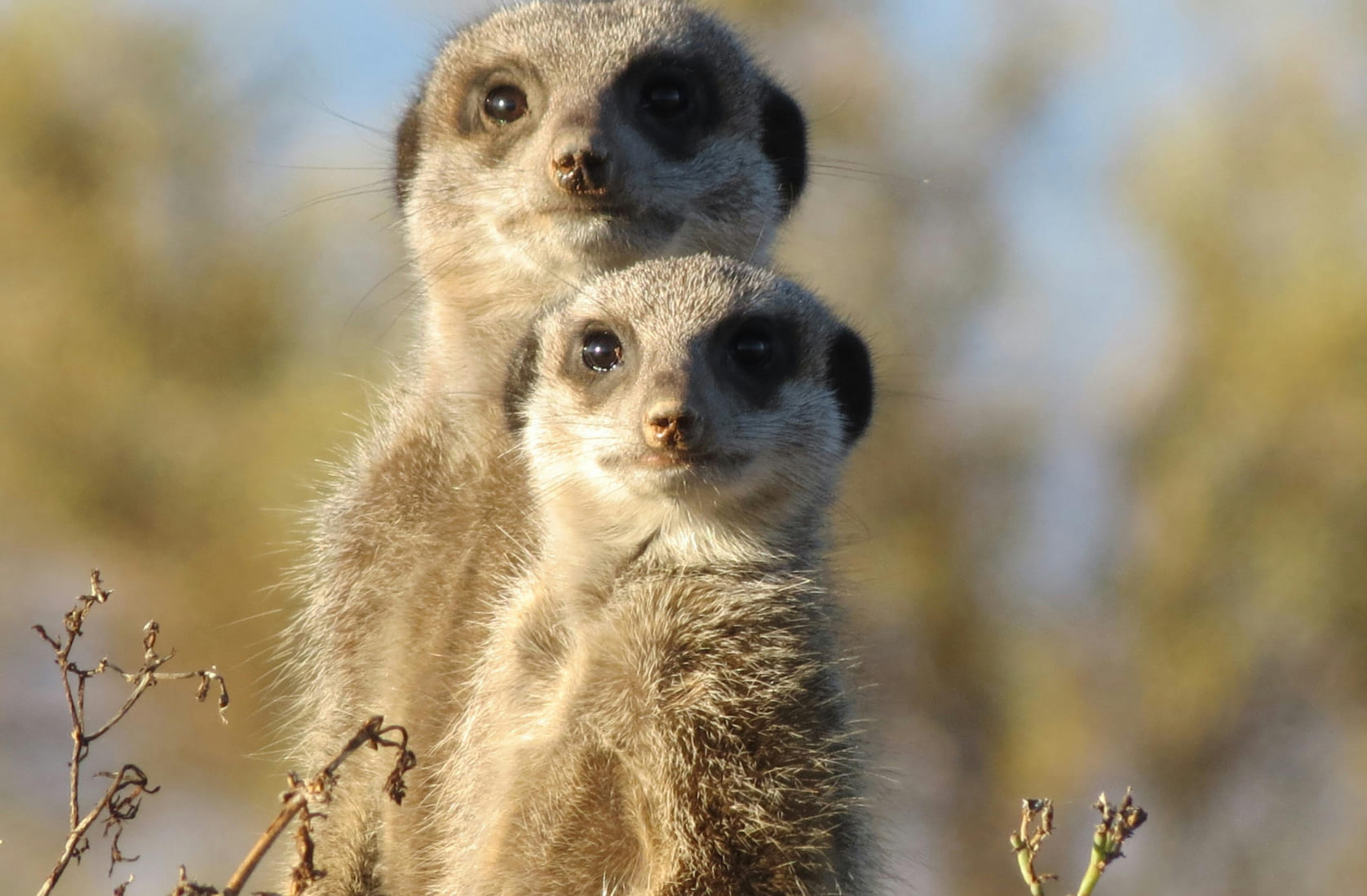History

The Behavioral Adaptations of Animals in Captivity
Animals in captivity often display unique behavioral adaptations compared to their wild counterparts. While many of these behaviors are shaped by the controlled environments in which they live, zoos strive to create enclosures and enrichment programs that allow animals to express their natural instincts as much as possible.
One common behavioral adaptation in captivity is a reduction in predatory behaviors among carnivores. For instance, lions and tigers that are fed regularly do not need to hunt, leading to changes in their physical activity and social structures. However, zoos implement enrichment activities, such as scent trails or puzzle feeders, to encourage these animals to use their problem-solving skills and maintain their natural behaviors.
Social animals, such as primates and elephants, also show interesting adaptations in captivity. In the wild, these animals live in complex social groups with intricate hierarchies. Zoos replicate these dynamics by housing animals in groups that mimic their natural social structures. Enrichment programs often include objects or activities that promote bonding and interaction within these groups, such as shared feeding times or cooperative tasks.
Some animals, like birds of prey, must adapt to flying less frequently in captivity. In response, zoos create larger enclosures and offer flight demonstrations or training sessions to keep these animals active and engaged. These adaptations allow birds to retain their physical fitness and continue displaying natural flight behaviors.
While captivity inevitably alters some aspects of an animal's behavior, zoos work to minimize negative effects through careful habitat design and enrichment. By promoting physical and mental stimulation, zoos ensure that animals maintain a high quality of life while in their care.
ANIMALS
Endangered Species: A Call for Conservation
Many zoos are home to endangered species such as pandas, rhinos, and gorillas. These animals are often the focus of conservation efforts, with zoos playing a key role in breeding programs and public education. Visitors can learn about the threats these species face in the wild and what is being done to protect them for future generations.
